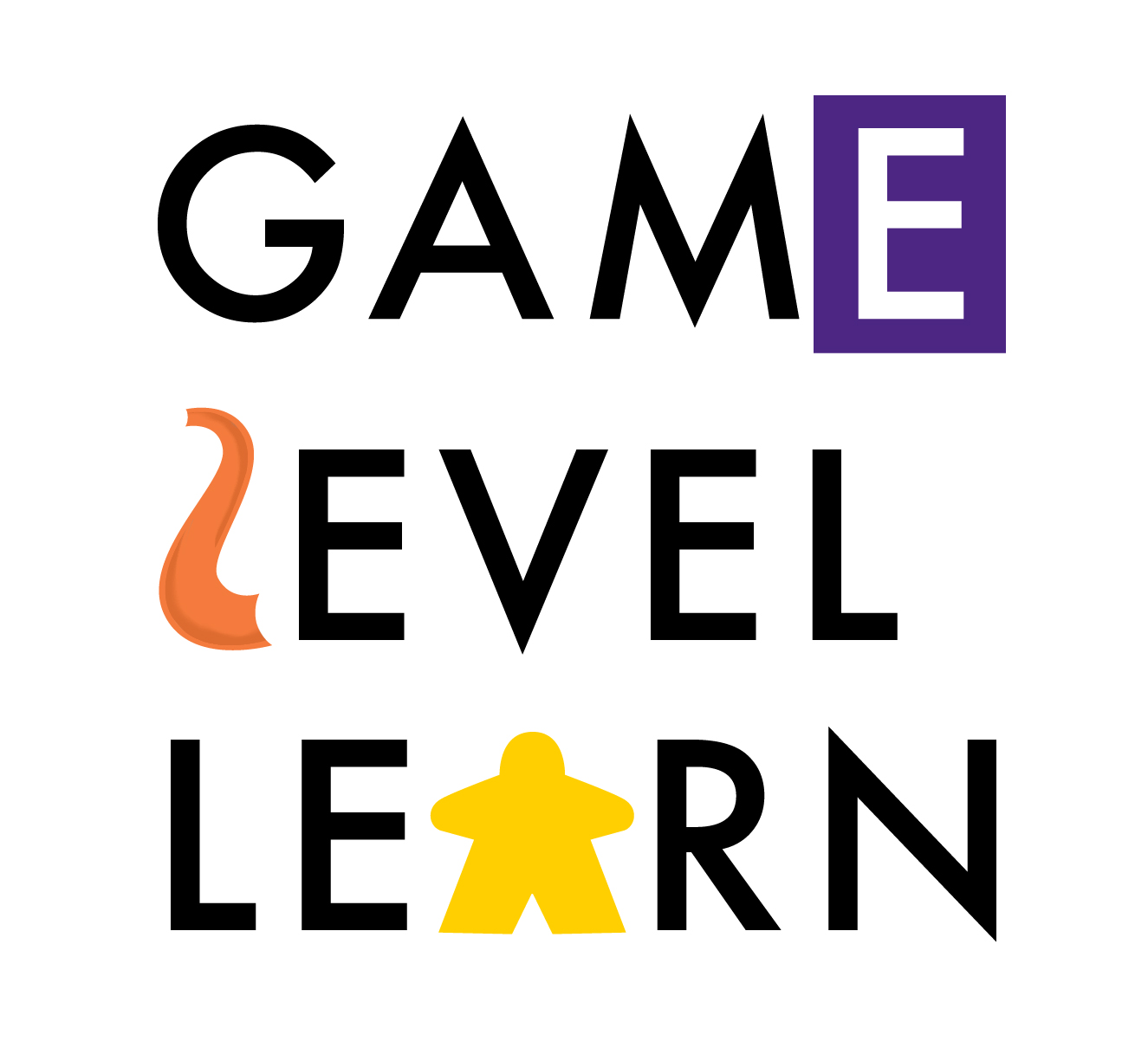Around the Classroom in 80 Games: Machi Koro
/For the past six months or so I’ve been playing Machi Koro as many times as I can get it to the table. The charming art goes a long way towards making it a game I’d like to bring to the table again and again, but in reality, the simple yet complex game play is probably what brings me (and I bet many others) back to the game over and over again.
Machi Koro is a game of city construction. Players are trying to gather wealth (from an assortment of city buildings they choose to buy over the course of the game) by rolling a six-sided die (or two, if the player’s city is sufficiently advanced) and having the die match wealth generating buildings in their city. The object of the game is to build four particular buildings called “landmarks,” namely the Station, the Shopping Mall, the Amusement Park and the Radio Tower. Once a player has built all of these landmarks, that player wins. Simple, strategic and with a healthy dose of luck.
Teachers, particularly teachers of elementary school age children, could use Machi Koro in their lessons in a number of different ways.
Consumption and Production: Buildings in Machi Koro represent different kinds of resources. Students studying the game as an artifact would be able to use its abstractions as a springboard to a deeper understanding of resources for consumption and those for production.
Wealth and Wealth Creation: a simple social studies unit on capitalist economics could be enhanced by playing just a couple of rounds of Machi Koro and having students then discuss how the different buildings worked, the effect of luck on their success and what buildings they might have purchased to have greater success.
Local Models: Students are often asked to think about what makes their particular part of the country special. Students could play a few games of Machi Koro and then redesign/reskin the game based on their interpretation of their own city and what makes it special. For example, I live in Pittsburgh. The four landmarks for Pittsburgh might be: Union Station (trains), CONSOL Center (hockey venue), PNC Park (baseball stadium) and Heinz Field (football stadium). Students could then share their different versions of their cities with parents who could be taught how to play the game. Machi Koro is so straightforward, it can be taught in two minutes.
Teachers interested in very straightforward urban studies could use this game as a model for thinking about cities. What makes them function? What’s missing in this game-utopia version of city life? Where are the people? The workers? Where are those things that make living in a city problematic?
Machi Koro is an example of a game that gives great game play and immediate in-classroom application at all levels K-12.


